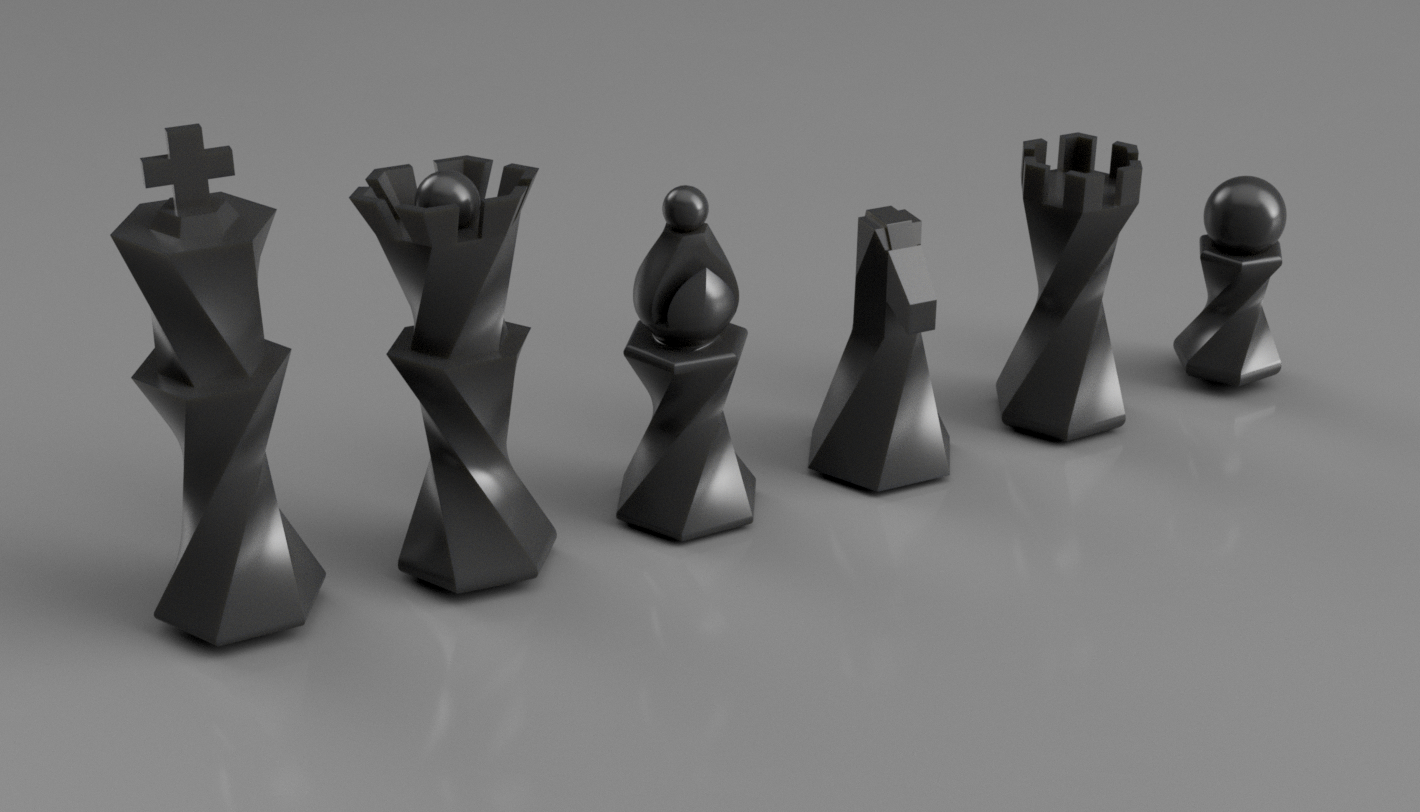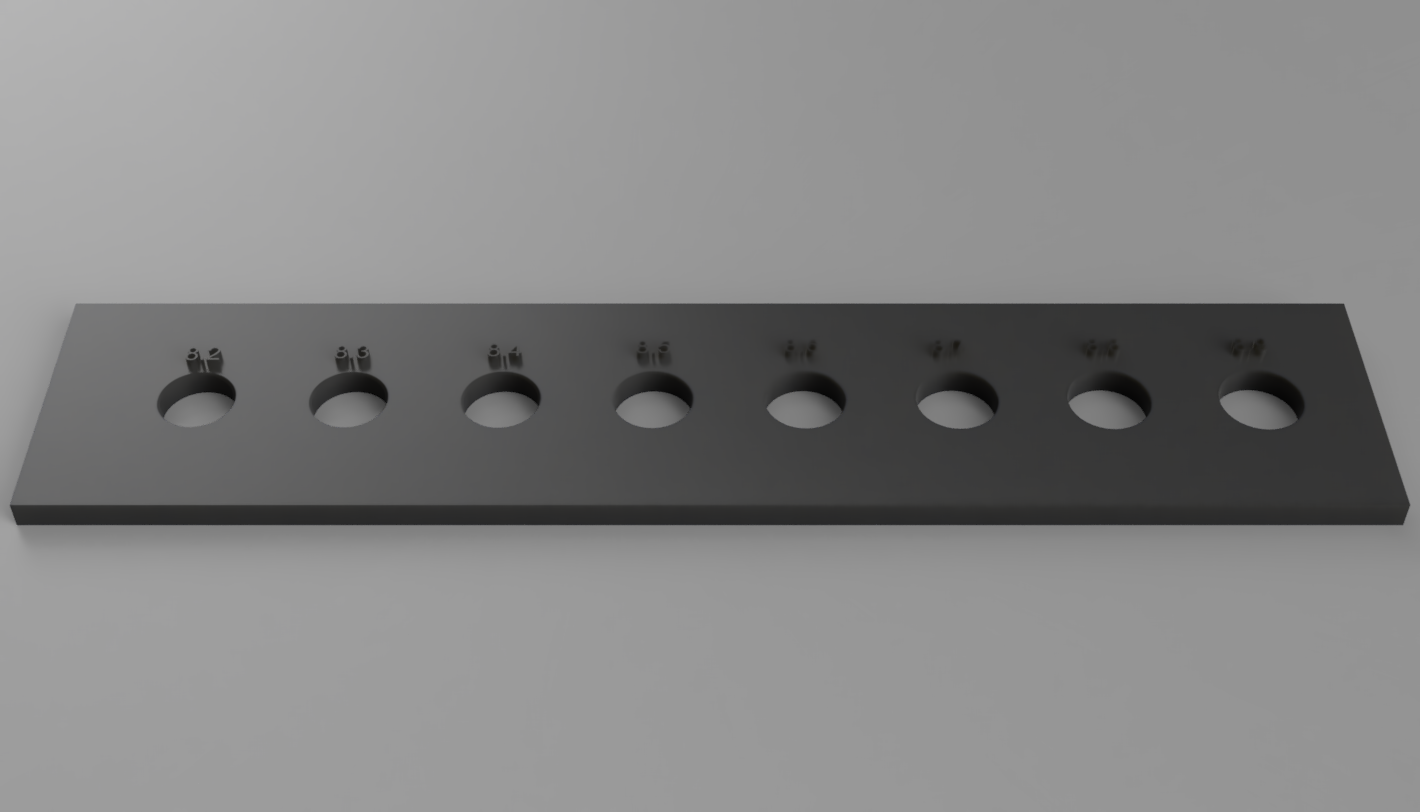One of the main issues with our current chess pieces is that they are too light, causing them to repel each other whenever they get too close. While this isn’t a major problem—since the movement is minimal—it’s still an annoyance we wanted to fix.
Learning from Phantom Chess
We’re not the first to encounter this issue. Our inspiration project, Phantom, also faced a similar challenge. They solved their weight problem by adding a small steel ring to the bottom of their pieces and switching from plastic to wood—though this required a CNC mill.
Our Approach
We wanted to keep this project as home-build-friendly as possible. Not everyone has access to a CNC mill, so switching to wood wasn’t an option. Instead, we opted to:
- Increase the size of the pieces (one of the key suggestions from our peers).
- Modify our print settings by increasing infill density to make the pieces heavier.
Old Chess Pieces

New Chess Pieces
By increasing the size of all pieces and setting the infill to 100% on our Bambu A1 Mini, we managed to double the weight of each piece, significantly reducing unwanted repulsion.
Major Design Reworks
- The Pawn: We majorly increased its size—without this, simply setting the infill to 100% wouldn’t have been enough to add sufficient weight.
- The Knight: Completely redesigned! The previous version (which some dubbed a "Minecraft Villager") has been replaced with a version that better fits the twisted loft design of the other pieces.
---
Guide for Printing
Magnet Fit Tolerance
- Tolerance is always an issue when fabricating, and printing chess pieces is no different.
- We used 8mm x 3mm Neodymium Magnets from Amazon, with two magnets per piece.
- Before printing the full set, we highly recommend printing our magnet size tolerance test strip:

This test lets you fine-tune the diameter of the magnet hole to ensure a snug fit—tight enough that the magnets don’t require glue, but loose enough that they can be inserted without excessive force.
Printing Settings
- Print each piece with 100% infill to maximise weight and reduce repulsion.
 Mark Austin
Mark Austin
Discussions
Become a Hackaday.io Member
Create an account to leave a comment. Already have an account? Log In.
One can buy a very nice wood or plastic, weighted set of pieces on Amazon for less than $20. This could save you time, effort and even cost.
Are you sure? yes | no